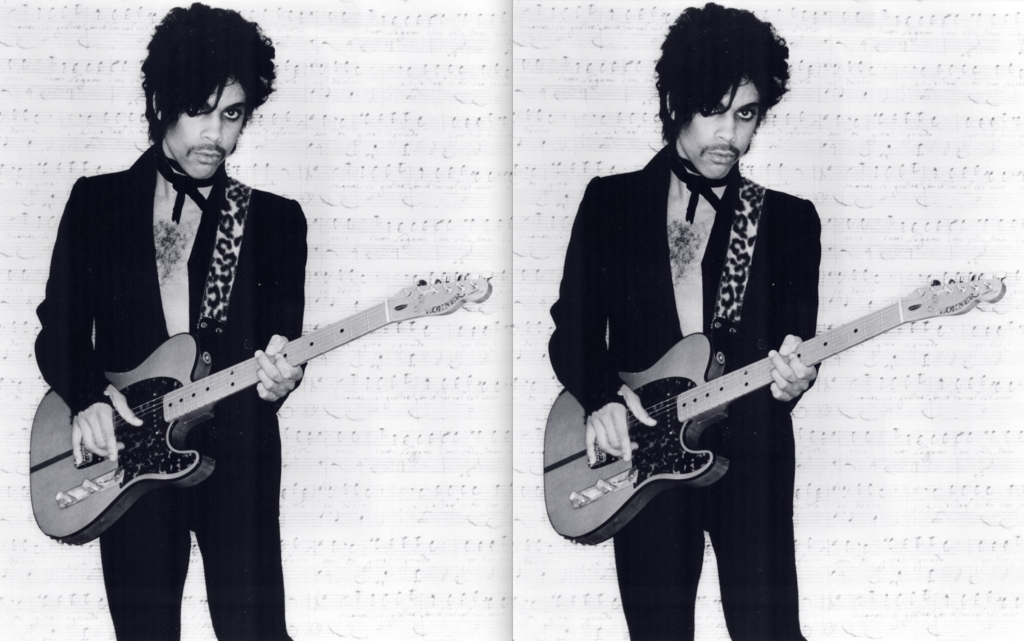In 2007, Ohio-based artist Ann Hamilton was in Los Angeles working on a sculpture, titled shell, in which she suspended a woman’s peacoat made from printer felt on a black wire hanger. She had been invited to the city by local print shop Gemini G.E.L. and its publisher Sidney Felsen. Hamilton, a MacArthur “Genius” fellow best-known for warping a range of materials from fleece to stone, attributes the unique origins and final form of shell to her time with Gemini.
Resembling armor without a body underneath, shell is made from felt etching blankets from the shop, and, amid a writer’s strike in Los Angeles, she collaborated with a film industry designer in need of work, who was enlisted through Felsen’s connections. The work came to be almost serendipitously “because this is Hollywood, and because of Sidney Felsen,” Hamilton told writer Joan Simon in a 2008 interview.
Enlisting established artists, like Hamilton, to create new work is perhaps what Felsen, now 99, is most widely known for. Having founded Gemini in 1966 with his fraternity brother and art collector Stanley Grinstein, Felsen is now the subject of a monographic exhibition, on view through July 7 at the Getty Research Institute in Los Angeles, that mines 50-years-worth of his photographic archive. The exhibition’s title puts it more succinctly: “First Came a Friendship: Sidney B. Felsen and the Artists at Gemini G.E.L.” The exhibition’s curator Naoko Takahatake selected images that Felsen took over more than five decades, culled from more than 70,000 images, donated to the GRI in 2019 by Jack Shear, the partner of Ellsworth Kelly, another frequent Gemini collaborator.
Alongside Tamarind Lithography Workshop and Cirrus Editions (both in Los Angeles) and Universal Limited Art Editions (in New York), Gemini G.E.L. was a part of a budding wave of art printers established in the 1960s and ’70s that attracted top artists as collaborators. Among them were Robert Rauschenberg, Richard Serra, David Hockney, Claes Oldenburg, and Roy Lichtenstein who could work through some of their most heady ideas in a different medium than they became famous for. In 1999, Claudine Ise wrote for the Los Angeles Times, that Felsen molded Gemini into “an arterial channel between the Los Angeles and New York art worlds.”
“When he really started getting serious about photography, he switched to a Leica and he preferred the rangefinder because of the quiet shutter,” Takahatake told ARTnews in a recent interview.





